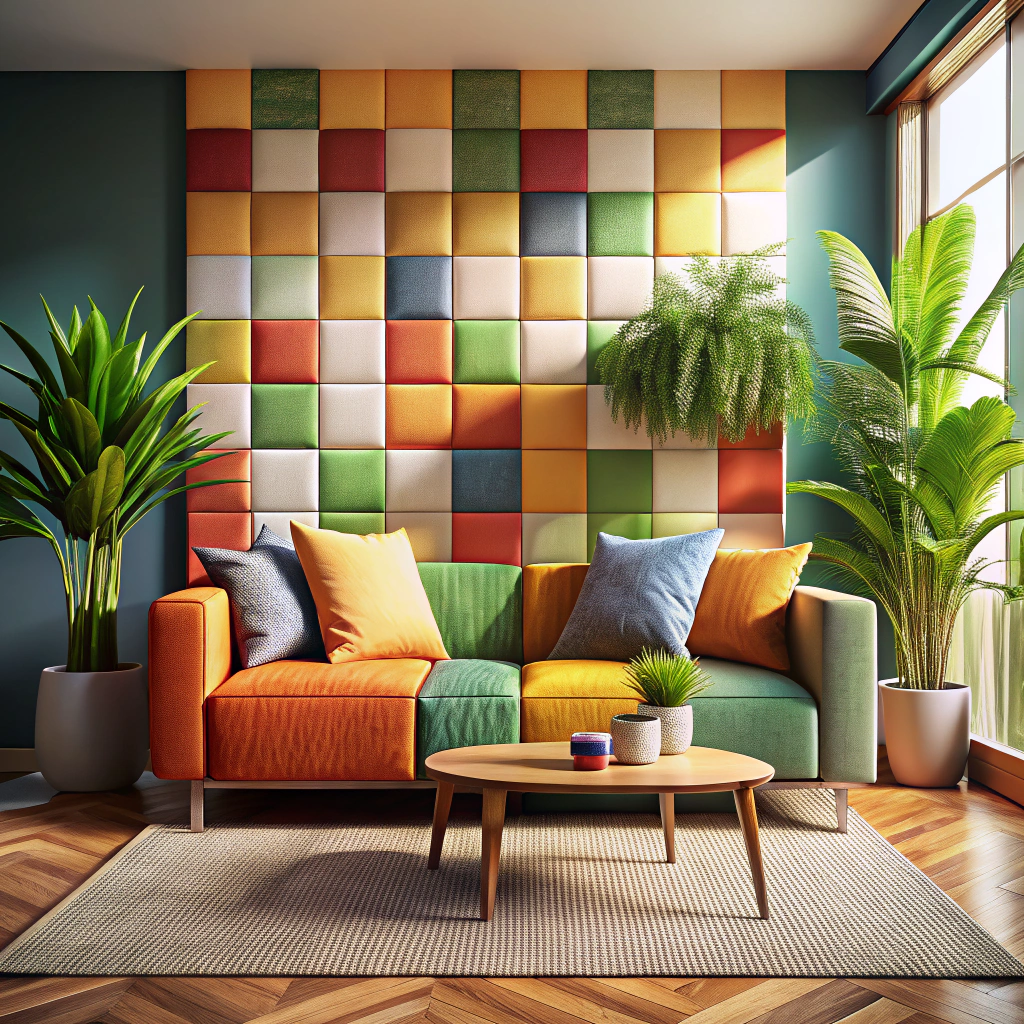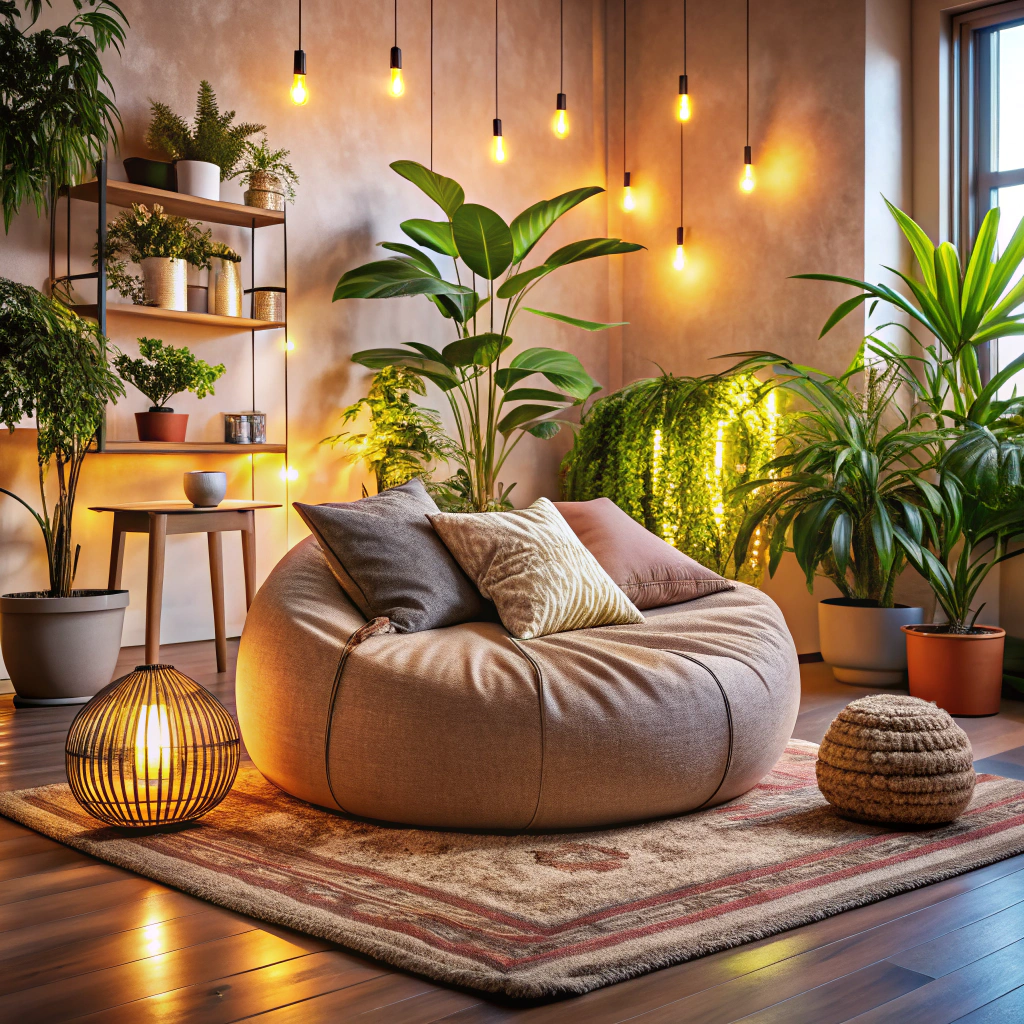Last updated on
Discover the optimal distance between your TV and couch to enhance your viewing experience while considering space, comfort, and eye health.
Key takeaways:
- Optimal viewing distance is 1.5 to 2.5 times the TV screen size.
- HD and 4K TVs allow for closer viewing without pixelation.
- Adjust seating distance based on THX and SMPTE recommendations.
- Personal preference and comfort also play a role.
- Consider lighting, screen positioning, and aesthetics for a better viewing experience.
Table of Contents
The Ideal TV Viewing Distance
To determine the optimal distance between your couch and TV, consider the following points:
1. Screen Size Factor: As a general rule, the ideal viewing distance should be about 1.5 to 2.5 times the diagonal screen size of your television. For example, if you have a 50-inch TV, your couch should be between 75 to 125 inches away.
2. Resolution Impact: High-definition (HD) and 4K Ultra HD TVs can be viewed comfortably from a closer distance due to their increased pixel count which offers a clearer image without visible pixelation.
3. THX and SMPTE Recommendations: The Society of Motion Picture and Television Engineers (SMPTE) suggests a viewing angle of 30 degrees, while THX recommends 40 degrees. To achieve these angles, adjust the distance of your seating accordingly.
4. Individual Preference: Personal vision and comfort play an essential role. Some people may prefer sitting closer for a more immersive experience, while others may require more space due to eyesight considerations or room layout.
By integrating these factors, you’ll ensure a comfortable and immersive viewing experience in your living room or media space.
Screen Size and Resolution
Understanding the relationship between screen size and resolution is crucial when determining the optimal viewing distance for your TV and couch setup. High-definition televisions come in various resolutions such as 1080p, 4K, and 8K. As the resolution increases, so does the potential to sit closer without noticing pixelation.
For a 1080p HD TV, a good rule of thumb is to multiply the screen size by 1.5 to 2.5 times to find the optimal distance in feet. For instance, a 40-inch TV is best viewed from 5 to 8.3 feet away. Jumping to a 4K Ultra HD TV, the pixels are much finer due to the higher resolution, allowing you to sit closer — about 1 to 1.5 times the screen size. An 8K TV permits an even closer distance because of the dense pixel arrangement.
Here’s a quick reference guide based on common TV sizes:
- For a 32-inch TV, aim for a minimum viewing distance of 4 feet (1080p) or 2.5 feet (4K).
- A 55-inch screen works well from 6.8 feet (1080p) or 4.5 feet (4K).
- A 65-inch TV is ideally viewed from 8 feet (1080p) or 5.4 feet (4K).
Consider this information when arranging your space, to ensure you have a crisp and clear viewing experience.
Viewing Angle and Comfort
To maintain an optimal viewing experience, consider these key points about angle and comfort:
- The center of your TV screen should be at eye level when seated. This prevents neck strain and provides the best picture quality.
- Typical recommendations suggest a horizontal viewing angle of no more than 40 degrees for the primary seats. Within this range, viewers can enjoy a full, clear view of the screen.
- For larger groups or wider rooms, seating should be arranged in a gently curved layout to keep the screen within a comfortable viewing angle for everyone.
- Reclining furniture can alter the necessary viewing angle. Make slight adjustments to the screen height or seating position to cater to inclined postures.
- Tilt mounts for wall-mounted TVs can enhance viewing angles and comfort if fixed seating is not aligned with the recommended eye level alignment.
Reducing Eye Strain and Fatigue
To minimize eye strain and combat fatigue during your binge-watching sessions or gaming marathons, a few key adjustments can make a significant difference:
1. Ensure proper lighting: Watching TV in a dark room forces your eyes to constantly adjust between the bright screen and surrounding darkness. Maintain a balanced lighting setup to ease the strain on your eyes.
2. 20-20-20 rule: Every 20 minutes, look at something 20 feet away for at least 20 seconds. This practice helps in reducing the risk of eye strain from staring at the screen for extended periods.
3. Adjust screen brightness and contrast: Match your TV’s brightness and contrast levels with the ambient light in your room to provide a comfortable viewing experience without causing additional strain to your eyes.
4. Use anti-glare screens: If your TV is prone to glare from lamps or windows, consider an anti-glare screen to diminish reflections and ease the view.
5. Proper positioning: Position the TV such that the bottom third of the screen is at eye level from your couch, preventing any unnecessary neck or eye movements.
Implement these tips to create a more comfortable viewing environment that actively prevents the onset of discomfort and fatigue.
Balancing Aesthetics and Functionality
When arranging your space, consider both the visual impact and practical use:
- Integrate the television into the design of the room without making it the sole focus; use cabinetry or wall features to create a harmonious look.
- For multi-purpose rooms, explore retractable mounts or consoles to hide the TV when not in use, maintaining design integrity and versatility.
- Choose a couch and TV stand with complimentary styles and proportions ensuring neither overwhelms the room or disrupts the design flow.
- Employ tasteful concealment techniques like artwork or panels to cover the TV, merging technology with your room’s aesthetic.
- Keep viewing distance guidelines in mind, but adjust to the unique constraints and needs of your living space for a tailored solution.





